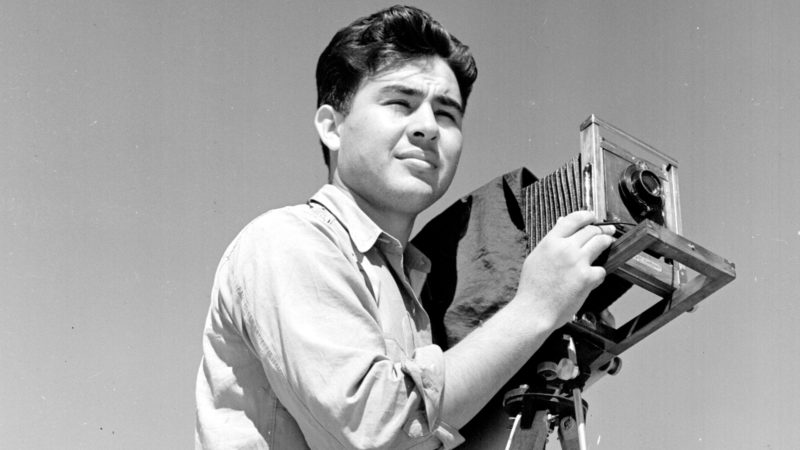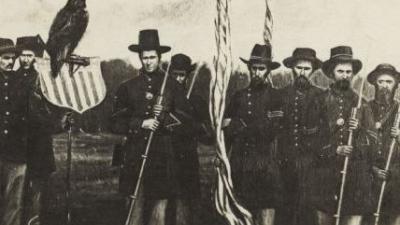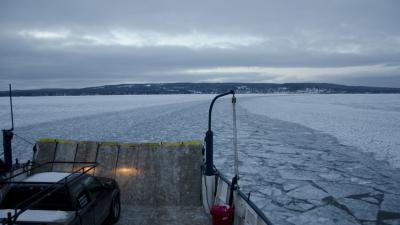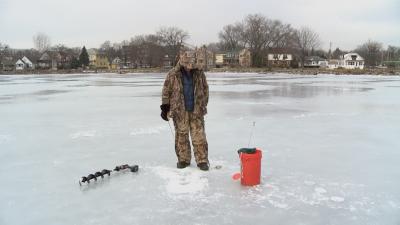Photographer Pedro Guerrero was born 100 years ago this month. At age 22, he became the favored photographer for the world’s most famous architect – Frank Lloyd Wright. Dean Robbins has his story.
Pedro Guerrero spent most of his life in the Southwest and East Coast. But he’s still a Wisconsin favorite thanks to his ties to Frank Lloyd Wright. Guerrero was Wright’s chosen photographer, producing classic images of both the architect and his buildings.
Even decades after Wright’s death, Guerrero returned to Wisconsin often to regale local admirers with tales of his larger-than-life mentor. He loved the place so much he began spending summers here in the vicinity of Taliesin, Wright’s dazzling headquarters in Spring Green.
I went to see Guerrero speak at countless receptions in Wisconsin galleries, homes, and lecture halls. I never tired of his witty stories, especially the one about his fateful first meeting with Frank Lloyd Wright.
Pedro was the son of a humble sign painter in Mesa, Arizona. In 1939, as a 22-year-old art school dropout, he got up the nerve to apply for a photography job with Wright in nearby Scottsdale where the world’s most famous architect was busy building his winter headquarters. Wright saw promise in Guerrero’s portfolio of nudes and still lifes, and hired the stunned young man on the spot. He put Guerrero to work chronicling the dramatic structures taking shape in the Arizona desert.
After a few months of learning on the job, Guerrero packed up his bedroll to accompany Wright back to Wisconsin. On the drive into Spring Green, he marveled over southwest Wisconsin’s gentle hills and neat farmhouses. And then he saw Taliesin, a sandstone and cypress masterpiece nestled organically into the landscape. It was a photographer’s dream, and Guerrero set about photographing the compound’s buildings as if they were sculpture.
Wright loved seeing his work through Guerrero’s eyes and took him along to document other projects around Wisconsin. On these jaunts, the observant photographer collected stories he would tell for the rest of his life. Among his other eccentricities, Wright hated when clients dared to express their own tastes once they occupied his houses. He shamelessly rearranged their furniture and instructed Pedro to destroy any of their knickknacks that detracted from his pure artistic vision.
Guerrero eventually moved to the East Coast to work for magazines and other acclaimed artists. But he remained Wright’s preferred photographer, making himself available for on-call projects until the master’s death in 1959.
That might have been the end of Pedro Guerrero’s connection to Wisconsin. Beginning in the 1990s, however, his fame spread as one of Wright’s key collaborators. The state rediscovered him, and he rediscovered us. He became a frequent visitor who served as a link to a long-gone genius.
Pedro died in 2012, at 95, leaving his Wisconsin friends heartbroken. He’s buried here, in his adopted state, in the little cemetery across the road from Taliesin.
Wright was buried there, too. It’s fitting that his gravestone and Guerrero’s will spend eternity side by side.











